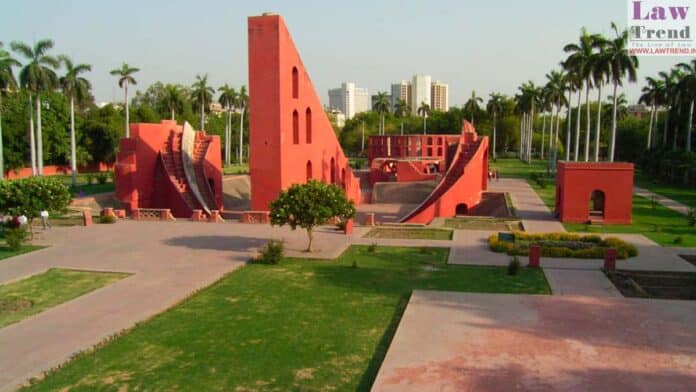The Delhi High Court has directed the Archaeological Survey of India (ASI) to file a report regarding the status of the functionality of instruments at the Jantar Mantar here.
Justice Manmeet Pritam Singh Arora was hearing a contempt petition against the authorities for alleged non-compliance of the court’s September 2010 order in which the ASI had given an undertaking that the national monument shall be restored to its original glory to the best of their ability and astronomical instruments available there would be made functional.
The petitioner submitted that the central issue in the present proceedings is that the instruments at the Jantar Mantar monument are not in a functional position and added that despite the passage of 12 years things remain unchanged.

Hearing the petition, the high court passed an order on January 20 in which it directed the ASI to file the status report within four weeks and specifically set out its stand regarding the existing status on the functionally of the instruments at the monument.
It also asked the petitioner to file a response to ASI’s affidavit after it is submitted. It listed the matter for further hearing on April 24.
A division bench of the high court had in 2010 passed an order recording an undertaking given on behalf of the ASI that Jantar Mantar shall be made functional and will be restored to its original glory.
The Central government and the state government were also directed by the court to extend necessary support to the ASI so that they could work to bring the lost glory of Jantar Mantar.
The 2010 order was passed on a petition raising the grievance that the Jantar Mantar in Delhi was not in a functional position due to various reasons.
The court had said that Jantar Mantar must be preserved by all concerned as it has been declared as a national monument.
The Jantar Mantar was built by Maharaja Jai Singh of Jaipur in 1724. Jai Singh had found the existing astronomical instruments too small to take correct measurements and so he built these larger and more accurate instruments.







